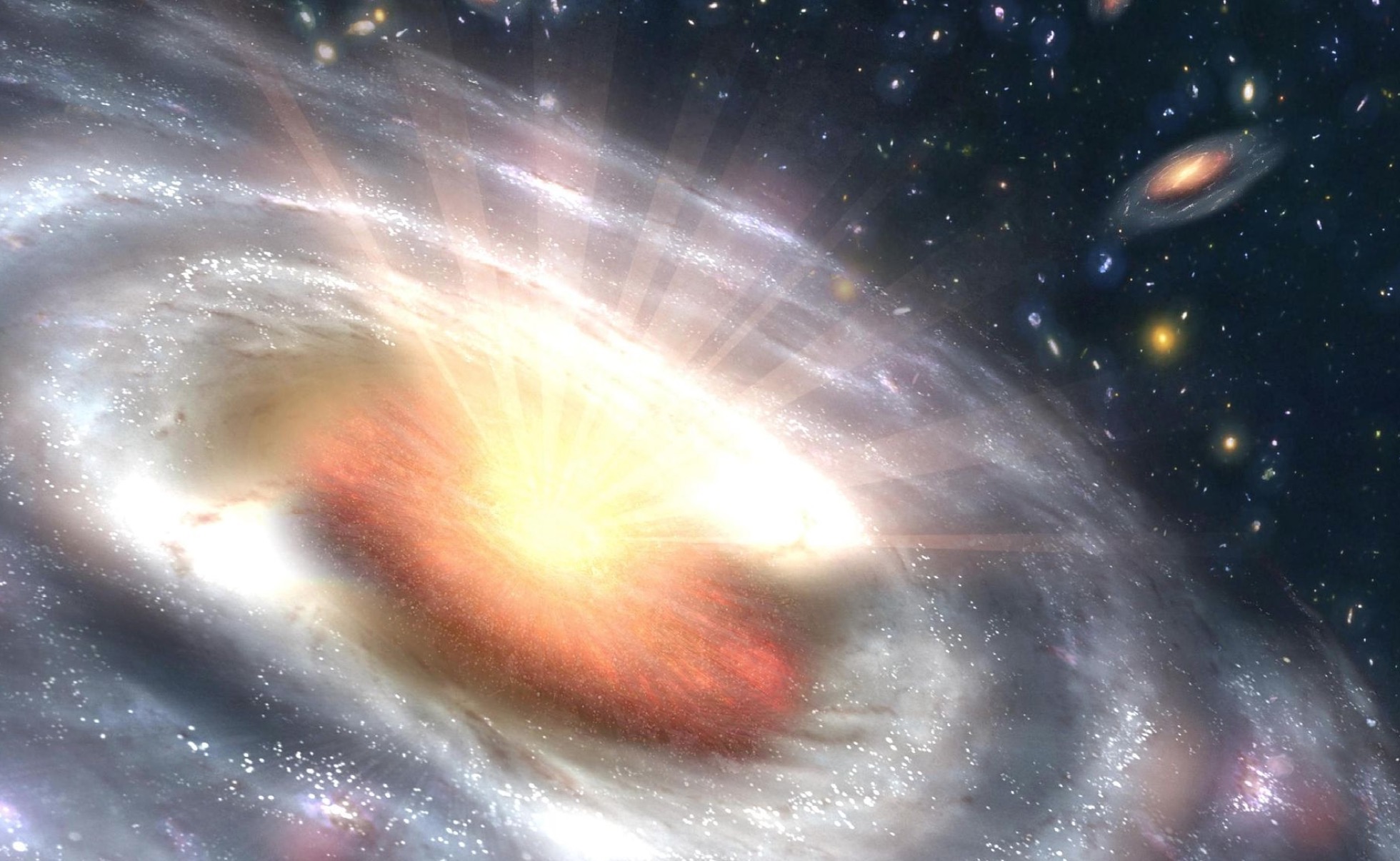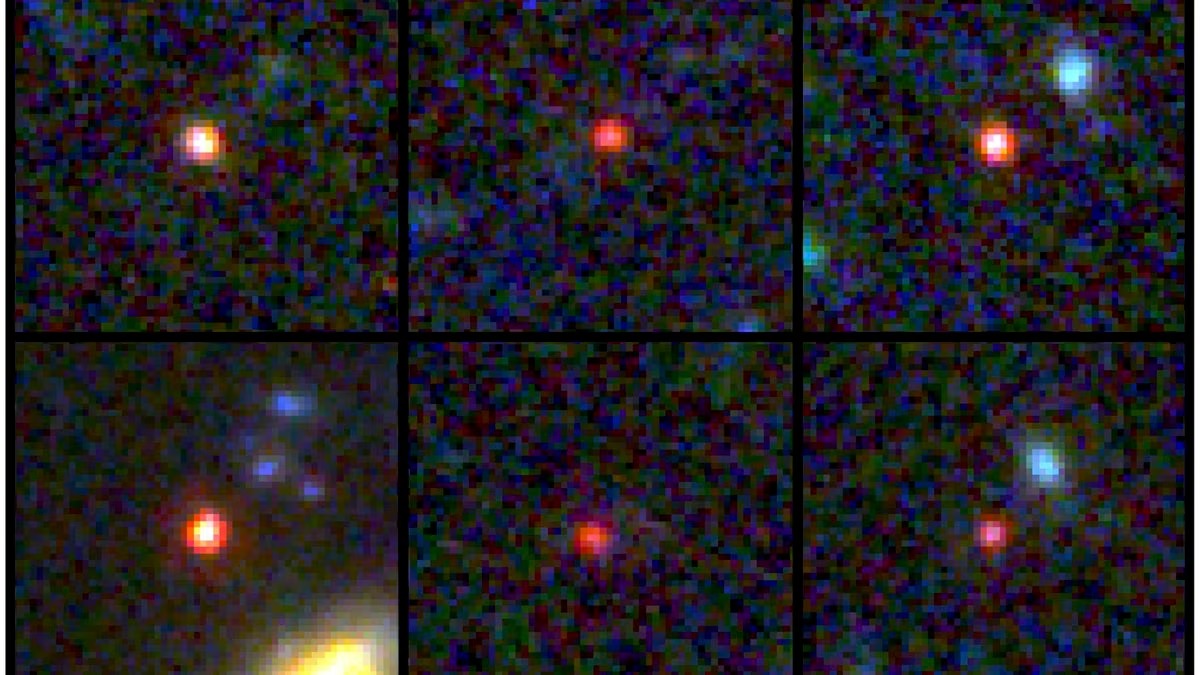The James Webb Space Telescope has looked into the deep Universe to find galaxies formed shortly after the Big Bang. The Space Observatory discovered galaxies in this distance, which turned out to be so gigantic that they generally destroyed every scientist’s idea of their common origin.

The six galaxies turned out to be about 13 billion years old. They were already mature 500-700 million years after the Big Bang. But it is interesting that they turn out to be 100 times larger in size than standard cosmological theories suggest, according to the publication Nature.
“The problem is that if we take into account the stars in these galaxies, it will exceed the total mass available in the Universe at that time. Therefore, in theory it is impossible, but we really see it with our own eyes. We unofficially called these objects “destroyers of the Universe,” says astronomer Ivo Labbe from Swinburne University of Technology in Melbourne, Australia.

At first, scientists thought they were mistaken, because galaxies were so large that they destroyed 99% of theoretical models of the early Universe. Mathematically, it turned out that shortly after the Big Bang, their mass suddenly turned out to be much larger than space, which went beyond the limits of classical physics. According to calculations, these galaxies contain stars which have a mass 10-100 billion times the mass of our Sun.
Alternative explanation of mysterious galaxies
However, it is still possible that the researchers actually see something different. Theoretical physicist Ethan Siegel notes that to confirm the age and size of such massive galaxies, a more detailed look at the light they emit using an instrument such as infrared spectroscopy is required.
Without spectroscopy, these objects are only candidates for a very high redshift index. This means that they may not be as old as the discoverers believe, which means they may be much closer and smaller in size. Although James Webb has already proved to us that galaxies in the early Universe look more advanced than most astronomers expected,” Siegel said in an email.
It is also possible that some of these galaxies contain supermassive black holes in their cores, says astronomer Emma Curtis-Lake from the University of Hertfordshire in England. What looks like the light of stars may be the light of gas and dust devouring these black holes. According to the scientist, James Webb has previously seen a candidate for an active supermassive black hole in the early Universe, so it is quite likely. Finding a large number of supermassive black holes at such an early epoch is also difficult to explain. But this does not require rewriting the standard model of cosmology, as supermassive galaxies would do.
Earlier we reported on how James Webb opened the “Pandora’s box” of the galactic megacluster.
Follow us on Twitter to get the most interesting space news in time
https://twitter.com/ust_magazine
